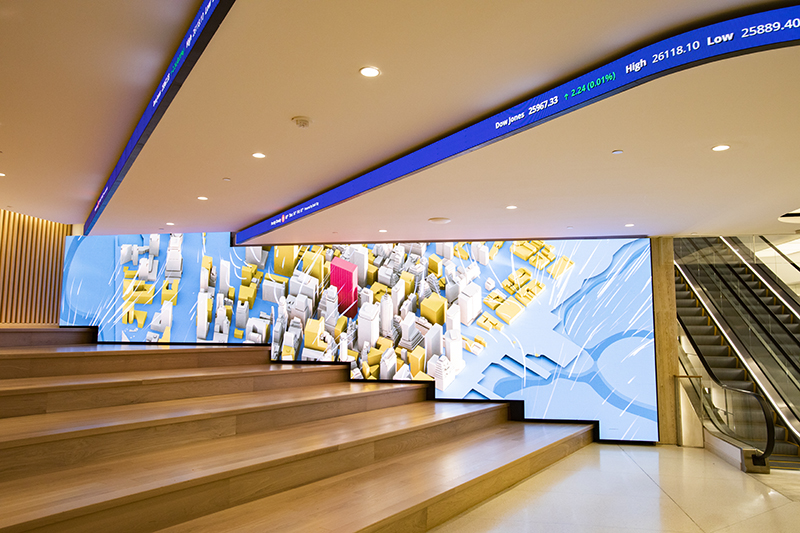
Traditional display technologies, like CRTs, have been present for numerous years. They were frequently used in TVs and PC monitors. However, CRTs have a shorter lifespan, typically lasting around 10,000 to 20,000 hours of operation. This means that after a few of years, consumers may notice a deterioration in image quality, such as fading or hue distortion. In comparison, LED wall panels can last considerably longer, often exceeding 50,000 hours. This prolonged lifespan means that users can experience consistent functionality without the requirement for frequent replacements.
Another crucial aspect to consider is energy efficiency. LED panel panels consume less energy than conventional displays, which not only benefits the ecosystem but also lowers power costs. For instance, while a CRT screen may use approximately 100 watts of power, an LED panel can consume as little as 30 to 50 W. This discrepancy in energy usage adds to the overall longevity of LED innovation, as reduced energy usage generates less thermal click this site energy. Excessive heat can harm electronic components, leading to a reduced duration for conventional screens.
In addition to their longer duration and energy conservation, LED wall screens also offer enhanced image quality. They provide brighter colors and improved differentiation, making them perfect for various uses, from advertising to learning displays. The innovation behind LED panels enables for a broader viewing perspective, meaning that visuals stay sharp and vibrant even when viewed from the flank. This is a significant advantage over traditional screens, which often suffer from color deformation and diminished brightness at broader perspectives.
In conclusion, the durability of LED panel panels compared to traditional display methods is a crucial factor for consumers to take into account. With durations that can exceed 50,000 hours, power conservation, and enhanced image quality, LED technology offers many benefits. As innovation continues to progress, LED panel panels are likely to turn even more prevalent in various environments. Grasping these distinctions can assist individuals and entities make improved decisions when investing in screen innovation, guaranteeing they receive the best value for their needs.